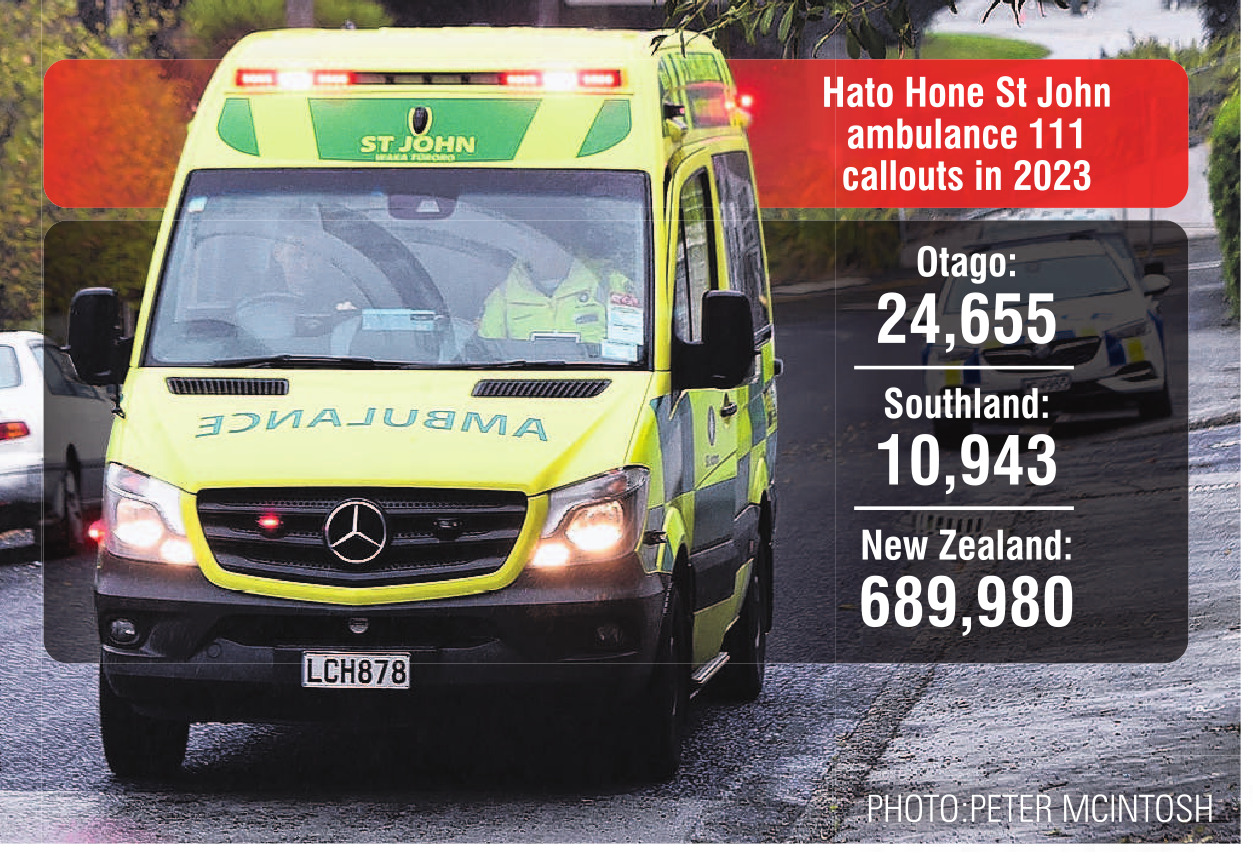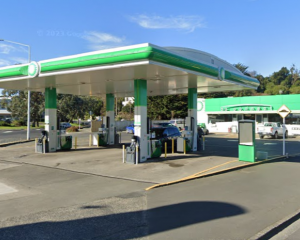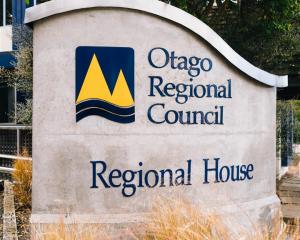
St John Southland Otago district operations manager Pauline Buchanan said the organisation received 35,598 callouts from the southern regions last year — 10,943 from Southland and 24,655 from Otago.
The most frequent calls for help came from people who were referred by a health practitioner, and people who experienced breathing problems, chest pain, falls and unconsciousness.
Ms Buchanan said, notably, there had also been a 166.7% increase in water-related incidents in Southland (16 in 2023), a 97.9% increase in incidents related to allergies, rashes, medical reactions or stings (93 in 2023), and a 66.7% increase in incidents involving hazardous materials such as carbon monoxide (20 in 2023).
In Otago, the organisation recorded a 42.9% increase in incidents involving hazardous materials such as carbon monoxide (40 in 2023), a 19% increase in callouts for cardiac arrest/respiratory arrest (276 in 2023), an 11.7% increase in incidents involving abdominal pain/problems (928 in 2023), and a 10.3% increase in traffic crashes (763 in 2023).
Nationwide, emergency call handlers received 689,980 calls for help in 2023, a 2.4% rise from the 673,821 received in 2022.
St John ambulance operations deputy chief executive Dan Ohs said although the increase was lower than the previous two years which each saw call volumes grow 9%-11%, last year’s figure was 24% higher than five years ago (555,807 calls in 2019) and 54% higher than a decade ago (446,985 calls in 2014).
He said winter ailments and Covid-19 contributed to a higher workload over the colder months, and August was the busiest month for emergency call handlers and dispatchers, who managed 60,822 calls for help.
This was closely followed by December, when 60,488 emergency calls were recorded.
Mr Ohs said the busiest locations for ambulance responses were Christchurch, Auckland, Manawatū, Hamilton and the Western Bay of Plenty.
While there had been steady growth in the number of patients with moderate, serious and critical injuries, there had been a 16% decrease in the number of patients with more minor conditions between 2020 and 2023.
That was largely due to the success of secondary triaging, where lower acuity patients were assessed by a clinician over the phone and provided with more appropriate advice and care.
Mr Ohs said there had been a notable increase in industrial/machinery incidents (30.4%), and a 22.5% rise in calls for heat/cold exposure, potentially due to patients affected by extreme weather and flooding events.
"In addition, we saw a 15.7% increase in incidents involving hazardous materials, such as carbon monoxide."
Mr Ohs said an 11.1% increase in water related incidents (482) remained a concern.
He said the organisation was firmly focused on building a stronger workforce by hiring more than 100 experienced paramedics from Australia and the United Kingdom, and training 290 new ambulance officers in the Hato Hone St John Residential Emergency Medical Technician programme.
The organisation also bolstered its response capability for large scale emergencies and events by establishing additional major incident support teams (Mist), rolling out 16 new Mist vehicles around the country, and introducing two new command units, he said.












